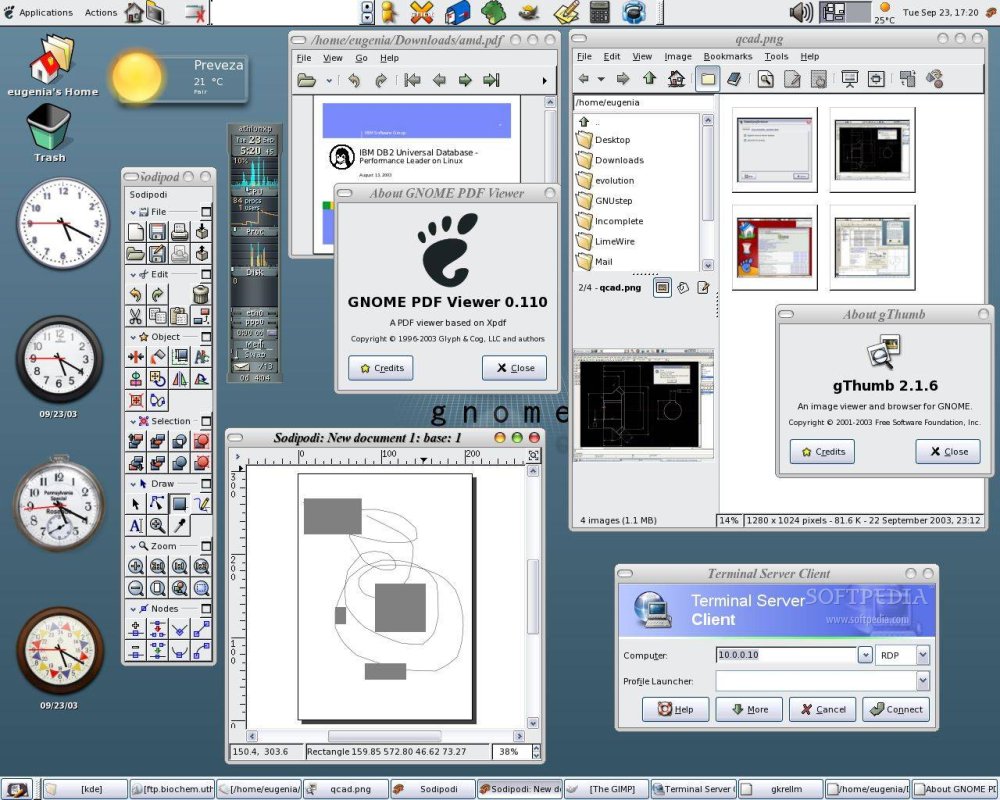The first Linux distro, or distribution, was called “Tux”, and it was developed by Larry Ewing in 1992. Tux was a simple distribution that included the Linux kernel, a few utilities, and some basic documentation. It was primarily intended as a demonstration of the capabilities of the Linux kernel and was not intended for widespread use.
Linux Tux was primarily intended as a demonstration of the capabilities of the Linux kernel and was not intended for widespread use.
Tux was developed at a time when Linux was still a relatively new and unknown operating system, and it was one of the first efforts to package the Linux kernel and other software in a way that was more accessible to users. Tux was not a complete operating system in its own right, but rather a collection of software that could be used to build a custom operating system using the Linux kernel.
Tux was distributed via the Internet and was available for free. It was primarily used by developers and hobbyists who were interested in learning more about Linux and experimenting with the operating system. Despite its simplicity, Tux played an important role in the early development of Linux and helped to pave the way for more comprehensive Linux distributions that followed.
Table of Contents
The first Linux distro which was widely used

The first widely-used Linux distro was called “Slackware”, and it was developed by Patrick Volkerding in 1993. Slackware was a more comprehensive distribution that included a wide range of utilities and software, and it was designed to be easy to install and use. Slackware was based on the Linux kernel and the GNU operating system, which is a free software operating system developed by the Free Software Foundation.
Since its inception, the Linux ecosystem has grown significantly, and there are now hundreds of different Linux distros available, each with its own unique features and intended use cases. Some of the most popular Linux distros include Ubuntu, Fedora, Debian, CentOS, and Red Hat Enterprise Linux.
Self-Driving Cars in 2025: What You Need to Know—and What to Watch Out For
🚘 A Glimpse Into the Future—Already Here In 2025, the phrase “self-driving car” is no longer just sc…
How Water Powered Cars Work: The Truth Behind Hydrogen-Powered Vehicles
Imagine driving a car that spits out nothing but water vapor. The idea of a water powered cars sound…
Why ARM-Based Laptops Are Gaining Ground in 2025
A Quiet Revolution in Your Laptop In 2025, ARM-based laptops are no longer niche. Once associated mo…


